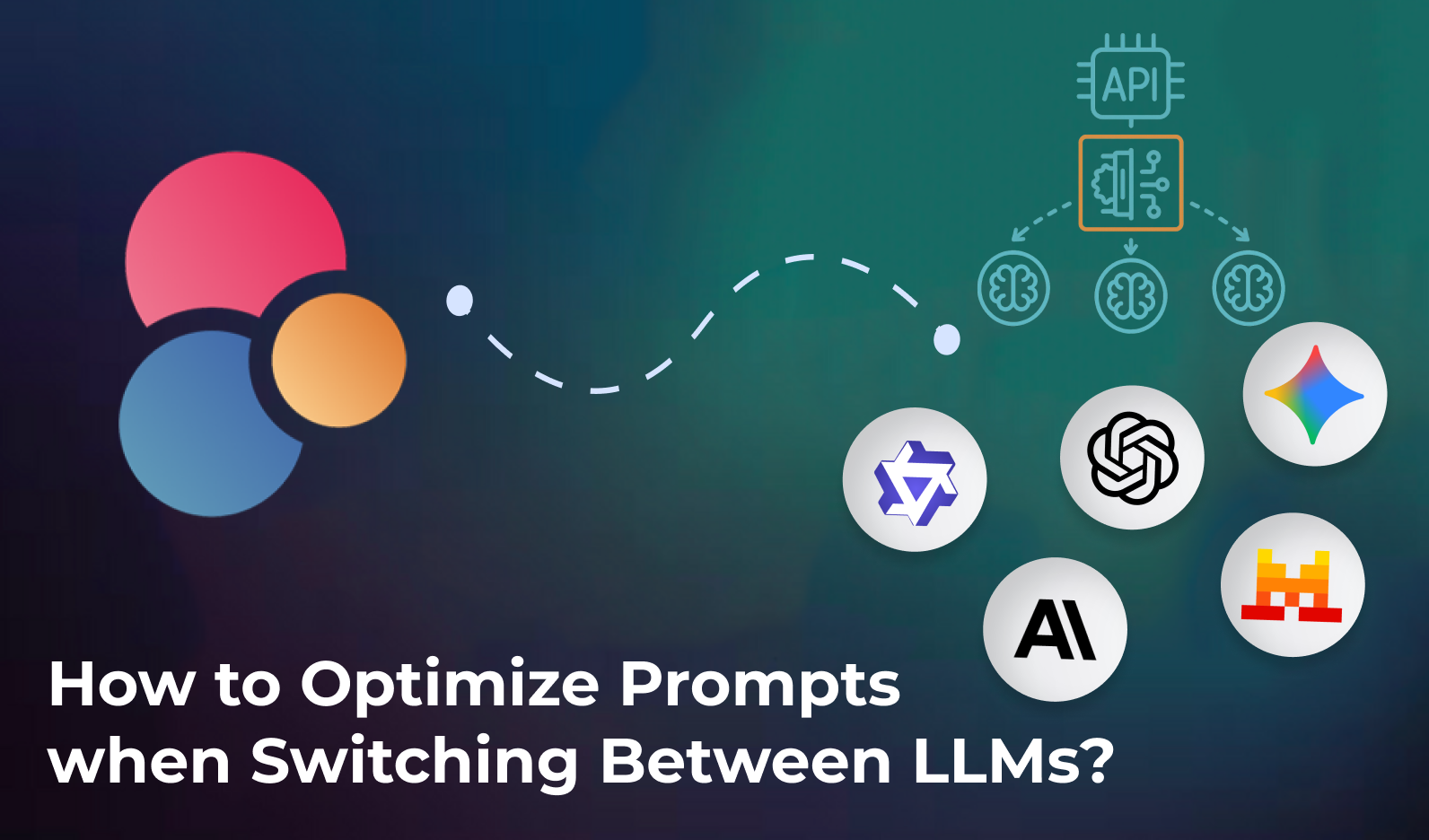
Start Your AI Journey Today
- Access 100+ AI APIs in a single platform.
- Compare and deploy AI models effortlessly.
- Pay-as-you-go with no upfront fees.
Each LLM (Large Language Model) behaves differently. A prompt that works perfectly with GPT-4 might produce verbose, inconsistent, or less accurate results with Claude or Mistral. For developers and product builders, learning how to adapt prompts across models is key to maintaining consistent performance, controlling costs, and leveraging multi-model architectures efficiently.

Every model has its own “personality”, or more precisely, different pretraining data, context window, and reasoning style.
Before migrating or testing across models, benchmark them with the same inputs using an AI model comparison tool.
Pay attention to:
This will help identify which prompts require fine-tuning for each model.
Structured prompts, using clear sections like “Context”, “Instructions”, and “Output format”, help reduce ambiguity across models.
Avoid open-ended or conversational prompts that rely on model intuition.
Example:
❌ “Summarize this document.”
✅ “You are an assistant summarizing a legal contract. Focus on obligations and dates. Output in bullet points.”
This structure standardizes expectations, especially when using multiple providers in parallel.
Tokens equal cost.
When optimizing for multiple LLMs, shorter and more efficient prompts ensure predictable expenses.
Use cost monitoring and API monitoring to track average token usage per provider.
A few strategies:
Small improvements can reduce token usage by 20–40%.
Different models interpret temperature (randomness) differently.
A temperature of 0.7 on GPT might feel like 1.0 on Claude.
To keep responses consistent, experiment with temperature and top-p values per provider.
Use batch testing via batch processing to evaluate prompt stability at scale and detect output variance between models.
When your system expects structured outputs (JSON, XML, or Markdown), verify that all models respect the same schema.
Some models (like Claude or Gemini) may require additional formatting instructions.
You can cache validated results using API caching to prevent repetitive processing and ensure stable responses across retries.
Instead of forcing a single model to handle all tasks, use the best one for each.
For instance:
Eden AI supports multi-model orchestration with multi-API key management, letting you route traffic intelligently based on model performance and availability.
Prompt optimization is never one-and-done.
Use ongoing evaluation to monitor drift, cost, and performance variations between models.
You can automate this with:
Consistent benchmarking ensures your prompts stay efficient and effective, even as models evolve.
Eden AI simplifies prompt optimization across multiple LLMs by centralizing access, metrics, and routing in one unified API.
You can:
By integrating Eden AI, teams can focus on prompt strategy, not infrastructure, while maintaining consistency across GPT, Claude, Mistral, and beyond.
Optimizing prompts across LLMs is both a technical and strategic challenge.
By understanding model behaviors, structuring prompts, and leveraging intelligent monitoring, you can achieve consistent quality and cost efficiency at scale.
With tools like Eden AI, switching between LLMs becomes frictionless, empowering teams to deliver smarter, faster, and more reliable AI-driven experiences.


You can start building right away. If you have any questions, feel free to chat with us!
Get startedContact sales
